Understanding the electric scooter weight limit is one of the most important factors before purchasing.
It directly affects your safety, ride quality, and the scooter's overall performance. While many models support up to 220 pounds, others are built for heavier riders and offer greater durability and stability.
Ignoring the weight limit can reduce your scooter's speed, decrease battery life, or even cause long-term damage.
In this guide, we’ll explain weight limits, why they matter, and how to find a scooter that matches your weight and riding needs in 2025.
What Is the Electric Scooter Weight Limit?
The weight limit of an electric scooter is the maximum load it can safely carry. This is an important factor because exceeding the limit can affect the scooter's performance and safety. Here's what you need to know:
-
Most Common Limits: Many electric scooters have a weight limit of around 220 lbs, which is sufficient for average riders.
-
Scooters for Heavy Riders: Some scooters are designed for heavier individuals and may support up to 264 lbs.
-
Children's Scooters: Kids' scooters are lighter, with limits around 121 lbs.
-
Material and Design: The weight limit is influenced by the scooter's build and materials. Lightweight models are easier to carry but may have lower limits.
- Why It Matters: Staying within the weight limit ensures the scooter runs smoothly. It helps maintain battery life, speed, and control. This is crucial for both safety and durability of the scooter.
When choosing a scooter, consider who will ride it and how often. This ensures that you choose a model with an appropriate weight capacity.
📌 Check Out Our Collections of Electric Scooters for Adults 300 LBS
Standard Weight Capacities Across Electric Scooters
Electric scooters come in various types, each designed with specific weight limits to cater to different riders. Understanding these limits is crucial for safety and performance. Here’s a breakdown of what to expect from different categories of electric scooters.
Children's Electric Scooters
Children's electric scooters typically have lower weight limits since they are designed for younger and lighter riders.
These scooters usually support between 40 to 120 lbs. It's important to consider the child's height and weight to ensure the scooter is safe and comfortable.
Generally, children's models feature a lightweight frame, smaller wheels, and a less powerful motor.
This design helps maintain control and balance. Safety is key, so always check for features like handlebar grips and foot brakes.
📌 Check Out Our Collection of Electric Scooter for Commuting
Adult Electric Scooters
Adult electric scooters have average weight capacities of around 220 lbs (100 kg), suitable for most adults. These scooters balance portability and power, making them ideal for commuting.
These scooters often have larger wheels, more robust frames, and more powerful motors than children's models.
When choosing an adult scooter, consider factors like battery life, range, and terrain capability to meet your commuting needs.
📌 Also Read: Best Electric Scooter for Teens
Heavy-Duty Electric Scooters
Heavy-duty scooters cater to riders needing higher weight capacities, often ranging from 265 to 400 lbs.
These models are designed for durability and strength, featuring reinforced frames and high-performance motors.
Key features of heavy-duty scooters include larger deck space, advanced suspension systems, and powerful batteries for longer rides.
These scooters are ideal if you're looking for a reliable option to handle more weight and offer enhanced stability on various terrains.
Choosing the right scooter depends on your specific needs, so paying attention to the weight limit is essential.
Each type offers unique benefits to fit the rider's requirements, ensuring a safe and enjoyable ride.
📌 Check Out Our Collection of Electric Scooter With Removable Battery
Factors Influencing Electric Scooter Weight Limits
An electric scooter’s weight limit isn’t random, it’s determined by a combination of design and performance elements.
Here are the key factors that affect how much weight a scooter can safely carry:
1. Frame Material and Design
The frame material is a key factor in determining an electric scooter's weight capacity.
Material matters: Scooters made with high-quality materials like aircraft-grade aluminum or carbon fiber tend to support more weight while staying lightweight.
Reinforced frames: Models with added structural support, like thicker joints or extra bracing, are better equipped to handle heavier loads without bending or breaking.
Smart design: A well-engineered frame distributes weight more effectively, reducing wear and tear over time.
2. Motor Power and Performance
Motor power contributes significantly to a scooter's weight capacity. Stronger motors offer better performance, providing enough torque and speed even when carrying heavier riders.
A scooter with a high-wattage motor can climb hills more effectively and maintain speed with added weight.
Important Tips:
- More watts, more power: Higher wattage motors (e.g., 500W or above) can handle heavier riders more easily without sacrificing speed or acceleration.
- Torque and hill-climbing: Stronger motors provide better torque, especially when riding uphill or over uneven terrain.
- Consistent performance: Quality scooters—like those from Circooter—deliver steady performance regardless of rider weight, which is essential for a smooth ride.
3. Battery Capacity and Efficiency
The battery's capacity influences how far and efficiently the scooter can operate with different loads.
A high-capacity battery allows the scooter to travel longer distances before needing a recharge, even with heavier riders. It also supports better overall performance by providing consistent power output.
Important Tips:
- Bigger battery, longer range: High-capacity batteries maintain power output even under heavier loads, helping the scooter advance on a single charge.
- Energy efficiency: Efficient battery systems reduce the strain caused by extra weight and help maintain consistent performance.
4. Tire Type and Suspension System
Tire size and type: Larger, wider tires can better distribute weight and offer improved balance. Pneumatic (air-filled) tires also help absorb shocks.
Suspension systems: Scooters with built-in suspension—especially front and rear—can handle bumps more smoothly and reduce stress on the frame, which helps preserve the weight limit.
Ride quality: Brands like Isinwheel show how the right tire and suspension setup can improve ride comfort and stability for riders of all sizes.
Each component plays a role in determining how much weight an electric scooter can carry safely.
When choosing a model, looking at these features can help ensure you get one that fits your needs and comfortably supports your weight.
Consequences of Exceeding the Electric Scooter Weight Limit
When you go over the weight limit on your electric scooter, several issues can arise. Most scooters have a maximum weight they can safely carry.
Exceeding this limit means you might face significant impacts on the scooter’s performance and your safety.
Reduced Performance
- Battery Life: Carrying extra weight can strain the battery, reducing its life. The scooter may not go as far on a single charge.
- Speed and Acceleration: Heavier loads can make the scooter slower and less responsive, affecting its ability to accelerate and reach top speeds.
Safety Hazards
- Handling Issues: With more weight, the scooter's handling can become unstable. This makes it harder to control, especially during turns or on uneven surfaces, increasing the risk of accidents.
- Brake Efficiency: Excess weight may reduce the efficiency of the brakes, making it take longer to stop.
Increased Wear and Tear
- Structural Damage: Overloading can cause stress on the scooter’s frame, leading to bends or stress fractures. These are not always immediately visible but can worsen over time.
- Component Longevity: Many parts, like tires and motors, may wear out faster when the scooter is overburdened. This could mean more frequent repairs and replacements.
How to Choose the Right Electric Scooter Based on Weight Limit
Choosing an electric scooter requires careful evaluation of weight limits. It's important to consider your body weight, extra items you might carry, and future needs for a reliable and safe ride.
1. Assessing Your Weight and Additional Loads
Begin by determining your total riding weight. This includes your body weight as well as any bags, gear, or other items you might carry.
Adding these weights will give you a complete picture of what your scooter needs to support.
A simple way to do this is to weigh yourself with and without your usual carried items to see the difference. Always add some extra allowance to this total for unexpected loads.
2. Researching Scooter Specifications
Look into scooter specifications to understand their weight limits. Most consumer-grade scooters support weights from 220 to 265 pounds.
Heavier-duty models, such as the Cruiser Pro 2400W Dual Motor Off-road with a 330-pound weight capacity, are available if you need more support.
Check for clear manufacturer information on weight limits, often found in product details or technical specifications.
3. Considering Future Needs
Think about how your needs might change over time. If you plan to carry more gear or anticipate weight changes, choose a higher capacity scooter.
This helps accommodate any variations without needing to buy a new scooter.
Consider additional features that suit changes in your lifestyle, such as expanded storage or enhanced power.
These options ensure your scooter remains functional and practical as your needs evolve.
Preparing for future requirements can save money and extend the life of your scooter, making it a more sustainable choice.
Maintenance Tips for Scooters Carrying Heavier Loads
When using an electric scooter near its weight limit, regular maintenance is key.
Check Tire Pressure: Tires support all the weight. Ensure they are inflated to the right pressure. This helps them last longer and improves safety and performance.
Inspect the Frame: The frame should be regularly checked for any signs of wear, such as cracks or bending. This is essential for structural integrity, especially under a heavier load.
Examine the Brake System: Make sure the brakes are in good condition. Braking with extra weight requires more force, so check pads and discs often to ensure optimal performance.
Monitor the Motor: A motor under stress can overheat. Ensure it runs smoothly, listening for unusual noises that might signal issues.
Battery Health: Heavier loads may drain the battery faster. Regularly check battery connections and charge levels to prevent sudden failures during rides.
These simple maintenance habits help your scooter carry heavier loads effectively and safely.
Final Thoughts on Electric Scooter Weight Limits
Choosing the right electric scooter starts with understanding weight limits and how they impact safety, performance, and durability.
Factors like frame design, motor power, battery size, and suspension affect how much weight a scooter can handle.
Whether commuting daily or riding for fun, selecting a scooter that supports your weight ensures a smoother and more reliable experience.
Don't risk damaging your scooter or compromising your ride—know the limits before you buy.
Looking for a dependable option? Explore Circooter Electric Scooters, built with high weight capacities and designed for powerful, low-maintenance performance you can count on.
Top Electric Scooters with High Weight Capacities 🛴
Frequently Asked Questions
Electric scooters have different weight limits. These limits can impact performance and safety. Understanding which scooters suit your needs is important for safe use.
How much weight can an electric scooter hold?
Most electric scooters have weight limits ranging from 220 to 330 pounds (100 to 150 kilograms). Some models support even more weight, with certain brands going up to 400 pounds (about 181 kilograms).
Which scooter can carry 200 kg?
Scooters with a higher weight capacity, such as those supporting up to 440 pounds (200 kilograms), are available but less common. These models are often more robust and designed for heavier riders.
Can 2 people stand on an electric scooter?
While it might seem possible, most scooters are designed for single riders. Overloading can affect stability and safety. Always check the manufacturer's guidelines before attempting to carry an additional passenger.
How many people can ride on an electric scooter?
Electric scooters are typically intended for one person. Riding with more than one person can be dangerous and is generally not recommended due to safety concerns and weight limits.
Can a 150cc scooter carry two people?
A 150cc scooter is usually designed to carry two people. These scooters often have stronger engines and frames compared to smaller models, allowing them to support the combined weight of two riders comfortably.
Do Weight Limits Affect Scooter Speed and Range?
Yes, exceeding weight limits can impact both speed and range. Carrying more weight can cause the scooter to move slower and reduce how far it can travel on a single charge. It's important to stay within the recommended weight limits for optimal performance.

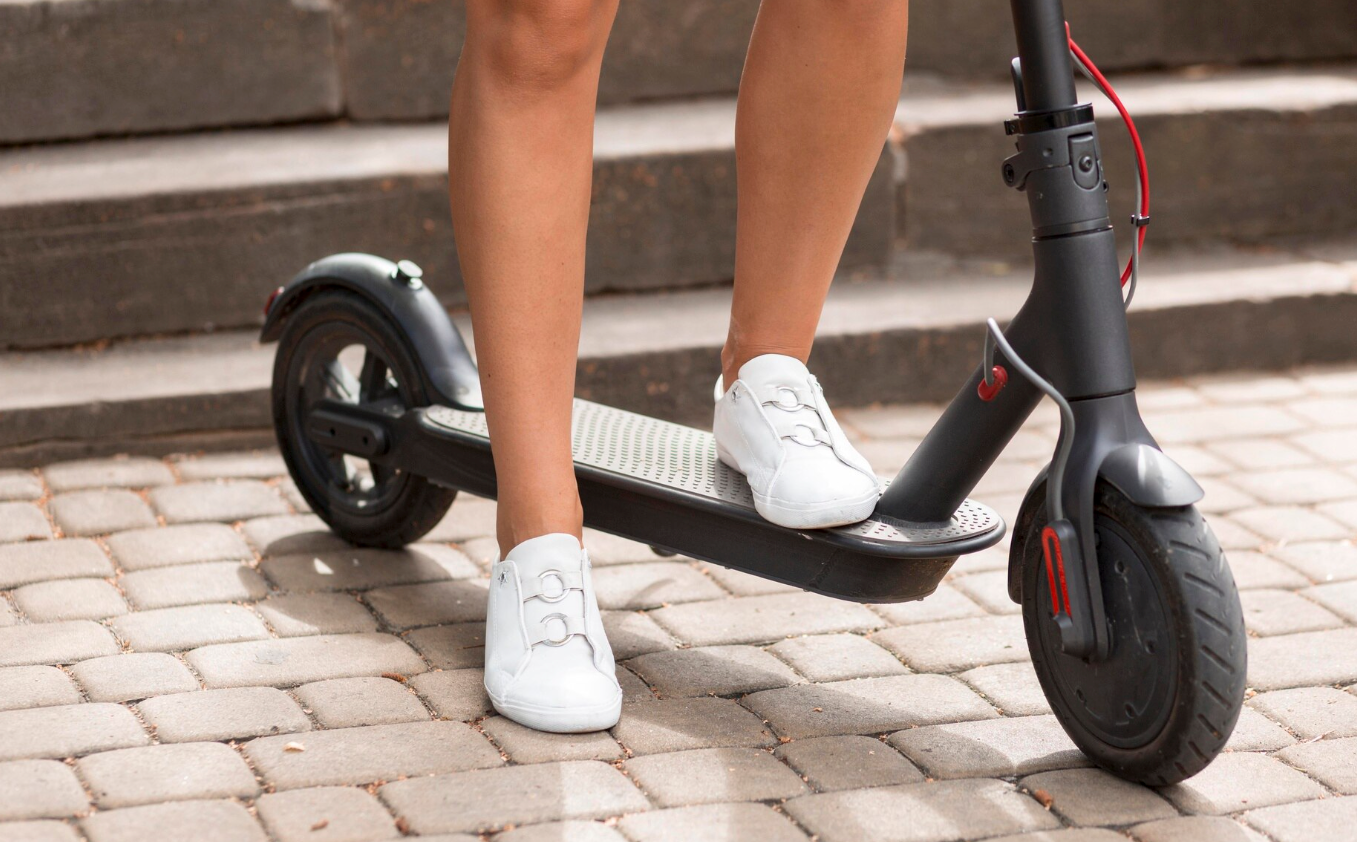
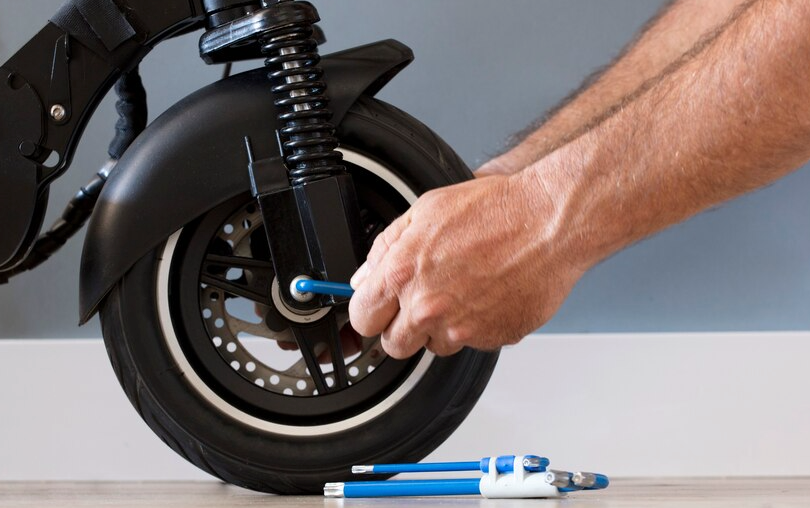
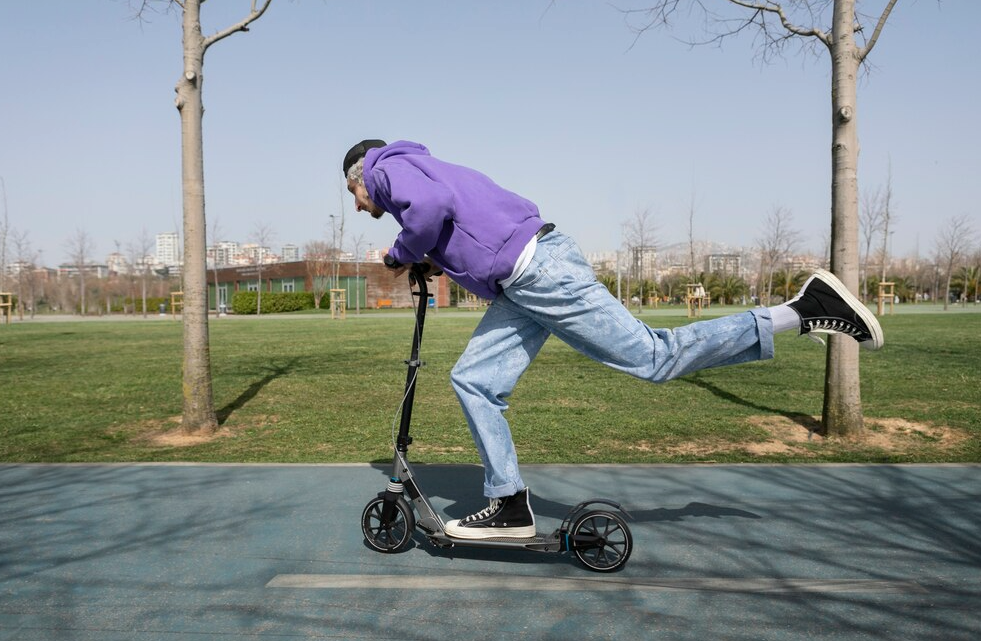

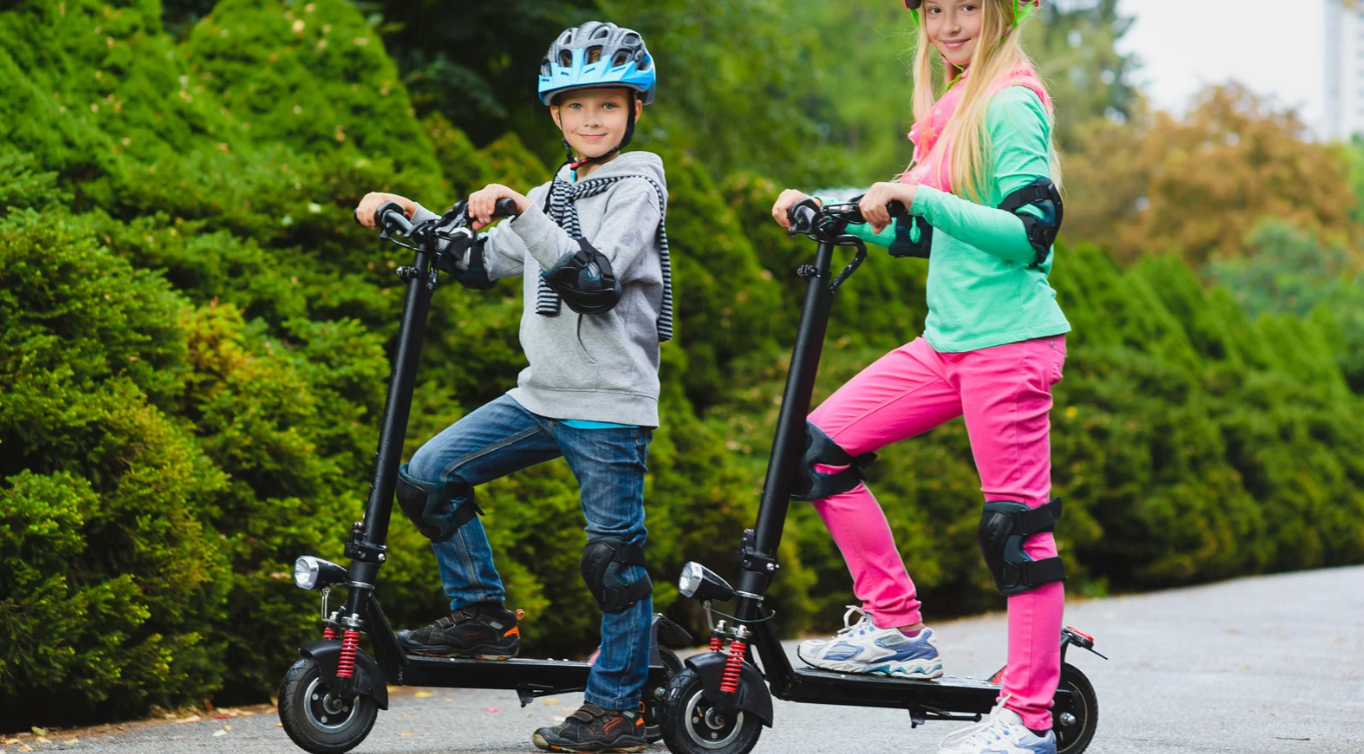
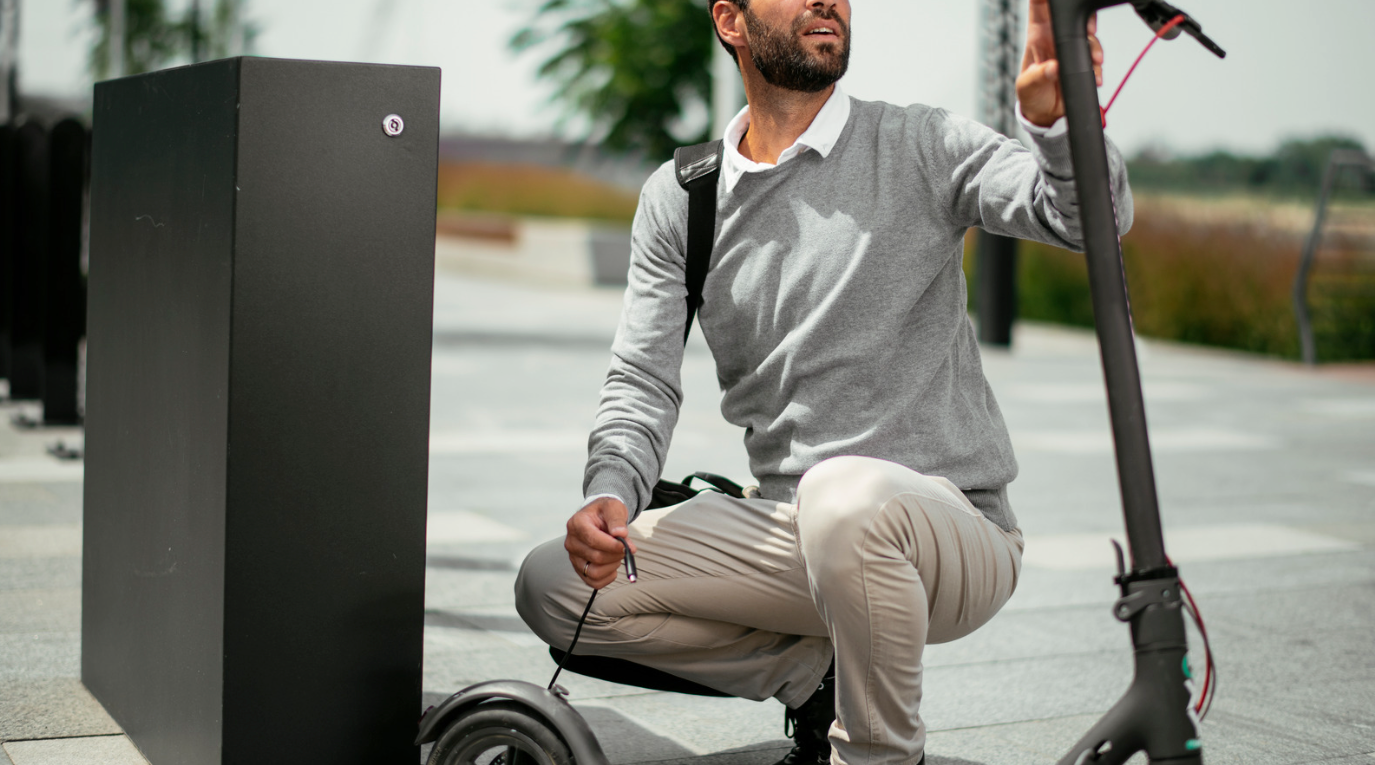
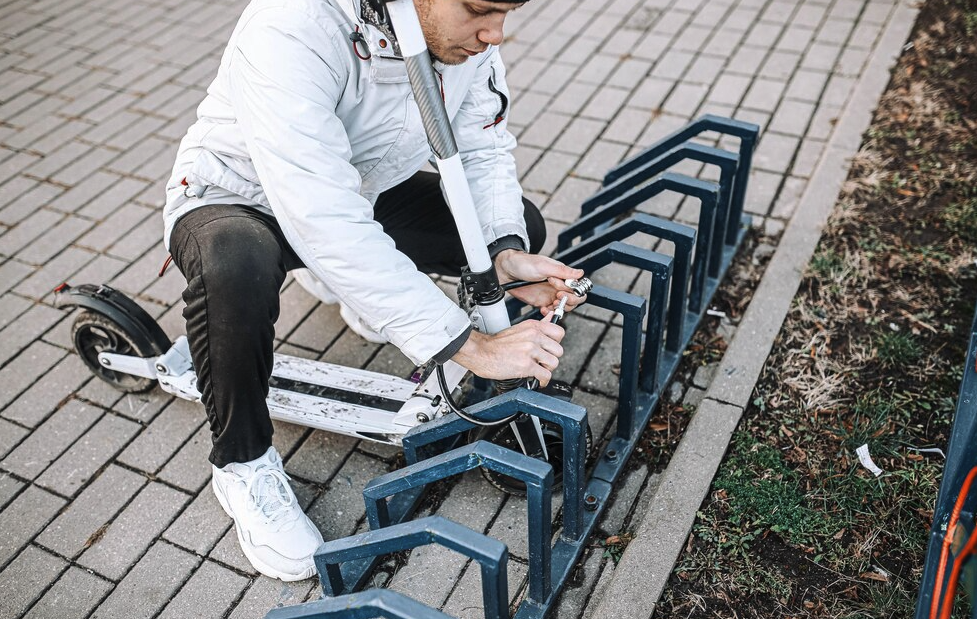


Leave a comment
All comments are moderated before being published.
This site is protected by hCaptcha and the hCaptcha Privacy Policy and Terms of Service apply.